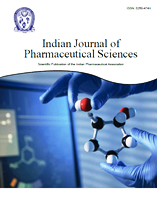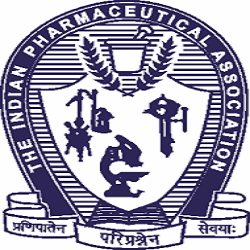Abstract
Remifentanil Restrains Malignant Behaviors of Colorectal Cancer Cells through Modulation of the Chemokine Ligand 2/C-C Chemokine Receptor 2 Signaling
Department of Anesthesiology, Baoji Central Hospital, Baoji, Shaanxi Province 721008, China
Correspondence Address:
Rui Zhao, Department of Anesthesiology, Baoji Central Hospital, Baoji, Shaanxi Province 721008, China, E-mail: 18328326700@163.com
Remifentanil has anti-tumor effects, but its effects on colorectal cancer are unclear. Therefore, the present study investigated whether remifentanil mediates colorectal cancer cell malignant behaviors through the modulation of chemokine ligand 2-C-C chemokine receptor 2 signaling. SW480 cells were divided into control, low remifentanil dose (0.5 ng/ml), medium remifentanil dose (5.0 ng/ml), high remifentanil dose (50.0 ng/ml), and high remifentanil dose+GW0742 (1.0 μM) groups. Detection of SW480 cell proliferation, apoptosis, and migration was performed by cell counting kit-8, flow cytometry, and wound-healing assays. Bcl-2-associated X protein, proliferating cell nuclear antigen, programmed death-ligand 1, B-cell lymphoma 2, chemokine ligand 2, and C-C chemokine receptor 2 protein levels were examined by Western blot. Remifentanil inhibited SW480 cell proliferation and migration, and facilitated SW480 cell apoptosis in a dose-dependent pattern, accompanied by a striking decrease in proliferating cell nuclear antigen, programmed death-ligand 1, and B-cell lymphoma 2 protein levels and an overt elevation in Bcl-2-associated X protein levels. Bindarit had similar effects as remifentanil, and GW0742 attenuated remifentanil-mediated effects on SW480 cell proliferation, migration, and apoptosis. Remifentanil and bindarit inhibited chemokine ligand 2 and C-C chemokine receptor 2 protein levels, but GW0742 attenuated remifentanil-mediated effects on chemokine ligand 2 and C-C chemokine receptor 2 protein levels. Remifentanil may inhibit colorectal cancer malignant behaviors by inhibiting the chemokine ligand 2/ C-C chemokine receptor 2 signaling.
Full-Text | PDF



